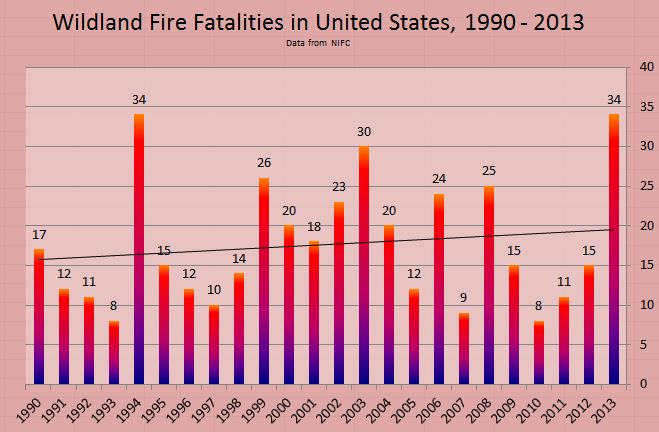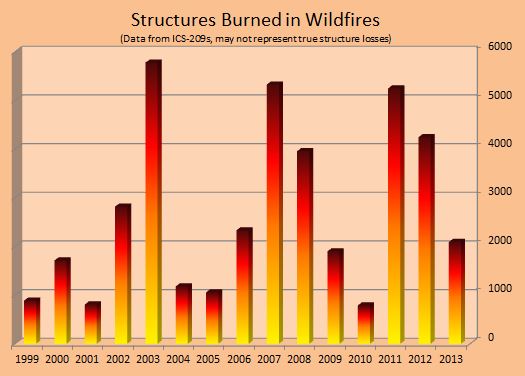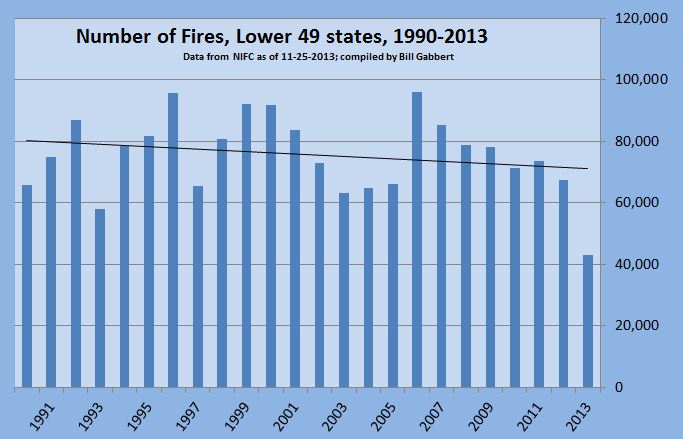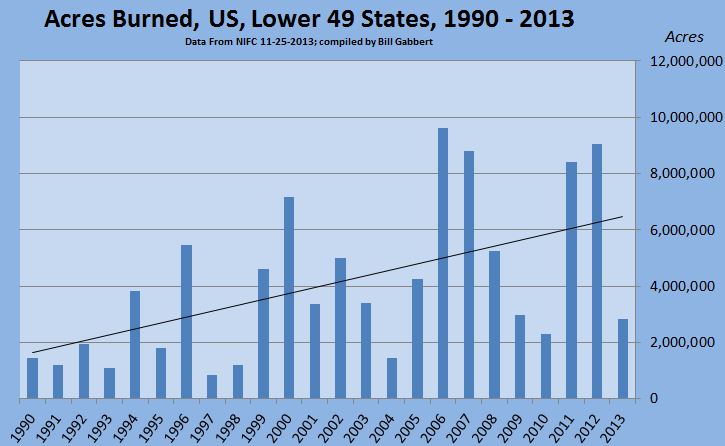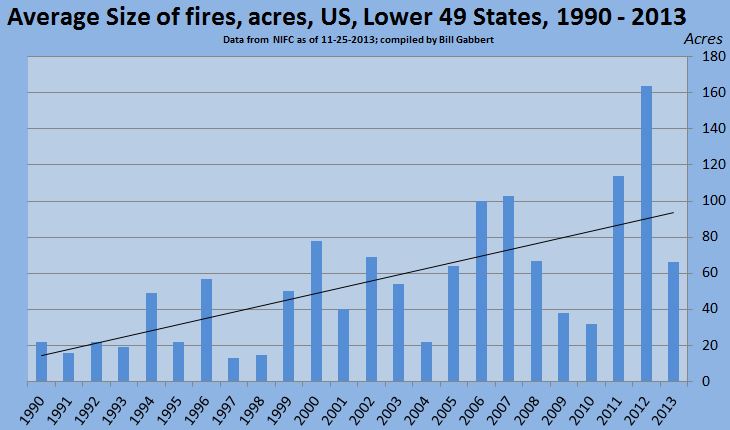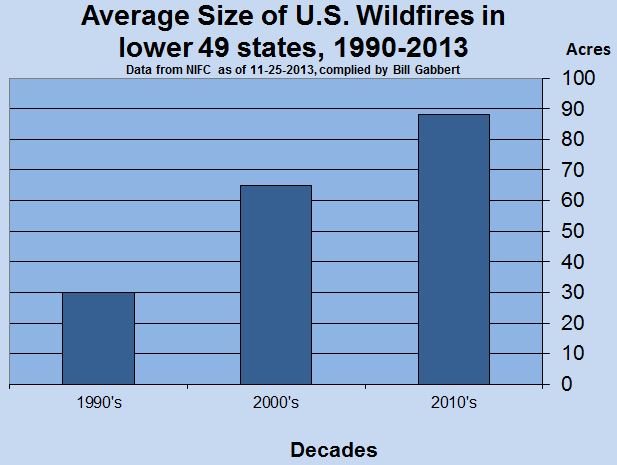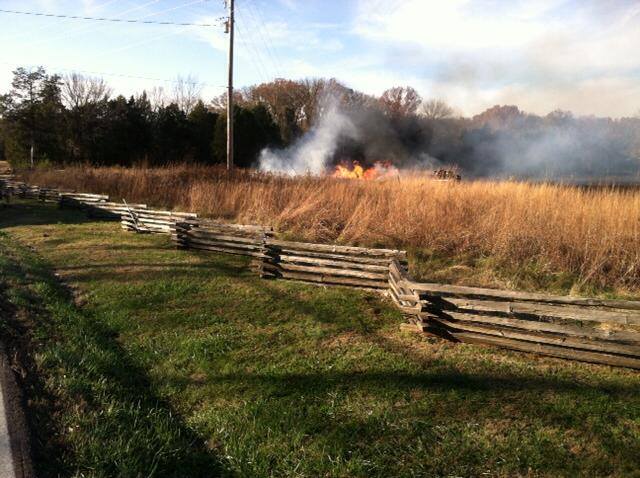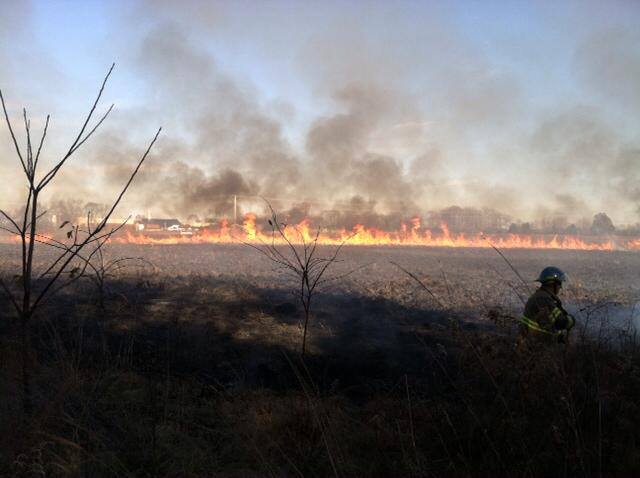
Even though you may not have heard of them because of their relatively low profiles, wildland fire compacts for state fire organizations got their start in the United States 64 years ago in 1949 when Congress passed legislation establishing the Northeastern Forest Fire Protection Commission. Seven states joined in 1949 and 1950 — Maine, New Hampshire, Vermont, Connecticut, Massachusetts, Rhode Island, and New York. The Canadian provinces of Québec and New Brunswick became members in 1969 and 1970, making it the first international compact. International treaties and other state and federal legislation enabled additional compacts to be formed so that today most of the Canadian provinces and all states in the U.S. are members except for six states: Nebraska, Utah, Kansas, New Mexico, Arizona, and California.
The other seven Compacts are Great Lakes, Big Rivers, Great Plains, South Central, Southeast, Mid-Atlantic, and Northwest.
Their purpose is to provide the means for its member states and provinces to cope with fires that might be beyond the capabilities of a single member. They share firefighting resources through mutual aid, support the development of integrated forest fire plans, and coordinate training. Some of the compacts are funded through annual dues for each state and/or federal grants from the U.S. Forest Service State and Private Forestry. Others have no funding at all.
On October 29 and 30 the Alliance of Forest Fire Compacts held their annual meeting in Denver, hosted by the Great Plains Compact. In addition to representatives from many state and province fire organizations, there were also attendees from the U.S. Forest Service, National Interagency Coordination Center, National Association of State Foresters, All-Hazards Incident Management Teams Association, and Western Governors Association.
Jim Strain, the Assistant Chief of Operations for South Dakota State Wildland Fire was at the meeting and took excellent notes, which he graciously shared with us. The following information draws heavily from Mr. Strain’s report and includes some of the points we found the most interesting.
****
Dan Smith, representing the National Association of State Foresters (NASF) reported:
The NASF is dealing with ramifications of the Yarnell Fire report and the four areas identified for action that concern: (a) more instructions on how to utilize Very Large Air Tankers (VLATs); (b) interoperability of radio communications and GPS technology and tracking of ground based resources; (c) Interpersonal communications; and (d) guidance on what point is it necessary to separate Aerial Supervision Module (ASM) and lead plane roles to carry out responsibilities for each platform.
Mr. Smith also said the big update from the National Wildfire Coordinating Group (NWCG) is the Incident Management Team Succession Project. It appears for the time being that 40 is the number of nationwide teams that would be qualified at the Type 1 or “complex” level. Folks in the field need to know that we are heading to a future incident management world of Initial Attack, Extended Attack (Type 3) and Complex (Type 1). With that in mind, we need to develop alternative pathways or “speed to competency” to build up this capacity at the Type 3 level.
National Multi-Agency Coordinating Group (NMAC) update. Continue to expect future shortages of Type 1 crews and air tankers at the national level when the western fire season is in full swing. Still dealing with some hand crew support issues during times of nationwide mobilization (i.e. Type 2 Initial Attack crews not self- sufficient as per Mobilization Guide direction).
National Interagency Coordination Center update: Susie Stingley-Russell, Center Manager, NICC:
Very concerned about the shortage of Type 2 crews nationwide and the future capacity of Type 2 crews to fill resource orders.
Very Large Air Tankers, (VLATs) will be on a federal contract again next year that will pay daily availability, so the ordering agency only has to pay for flight time and retardant.
Canadian Interagency Forest Fire Centre (CIFFC): Serge Poulin:
The 2013 fire season in Canada as of 9/11/13 saw 5897 fires that burned 3,798,206 ha. There seems to be a trend in Canada of a lower number of ignitions but more ha burned. We are also seeing more of our personnel mobilizations lasting the full 14 days.
They are developing an alternative to BEHAVE called REDAPP (http://redapp.org). Furthermore, CIFFC is reviewing the FI210, S490 course and ICSCanada project. Work is going forward on several on-line courses (S290, s291, S292 and S204) with on-line exams. CIFFC this year moved all personnel on CAN/US exchanges on a passport basis only and will continue in that manner in the future.
All-Hazards Incident Management Teams Association (AHIMTA), Chief Michael Chapman
AHIMTA is still working with the National Integration Center to find core competencies for incident management tasks with endorsements for specific all hazard specialties. It was noted that Colorado Public Safety worked on all-Hazards task books with the exception of the operations section.
Discussion about international border crossings:
Trent Marty, Director, Bureau of Forest Protection for Wisconsin DNR, shared information on the “quick strike” form. Information will be added to the website on Border Crossing Information contacts and aircraft information. Reminders: Try not to cross on a holiday weekend and get crew manifest to border crossing point 12 to 24 hours prior to arriving at that point.

